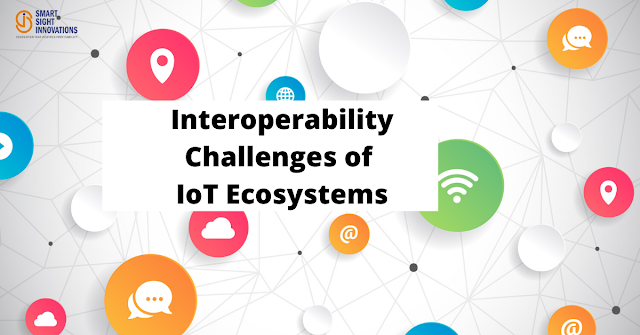How Can The Unification Of 5G and IoT Technology Affect The Auto Industry?
Driverless, self-driving vehicles are still in the testing phases. Perhaps, car enthusiasts would have to wait for several more years to witness the widespread deployment of such vehicles. There’s still some time for software, sensors, and 5G to take over the driver seat.
Fortunately, connected smart cars powered by IoT, AI are already here. Intelligent vehicles empowered with internet connectivity and sensors can optimize passengers’ comfort and convenience. At the same time, they can maximize their maintenance and overall operation with features like driver monitoring and predictive maintenance. The introduction of 5G networks around the world is expected to make these vehicles even smarter.
Safer and Smarter IoT Module Powered Connected Car Solutions
Tech and auto giants have already created connected systems that can monitor the driver’s distraction level, vehicle’s health, and attempts of theft. Cab agencies and vehicle owners can even keep an eye on the road as well as the vehicle’s driver with the help of a 360-degree camera. The sensors and scanners can also analyze the driver’s face for signs of sleepiness. The vehicle’s air temperature, engine load, air intake, and level of engine coolant can be monitored by the vehicle’s owner from a remote location via a smartphone app.So, what’s the roadblock that’s delaying the launch and wide-adoption of such solutions? The answer is connectivity!
Currently, these systems are undergoing trial runs. They remain connected to cloud-computers with the help of Wi-Fi or 4G eSIMs.
No doubt, 4G powered systems are capable enough to provide the usual stats like distance traveled by the vehicle, route, real-time location, etc. But, data transfer between IoT sensors, cameras, and cloud-computing devices need 5G.
The Wait For Fifth-Generation Wireless Technology
5G technology is as much as ten times faster than 4G and can connect a million devices within a square kilometer area.Vehicle-to-infrastructure (V2I) and vehicle-to-vehicle (V2V) are critical for cooperative mobility. V2V, combined with low-latency 5G, can enable vehicles to communicate and exchange events and status information with other cars. The concept is often referred to as cooperative mobility, and such sharing of critical events data can help in safer driving practices. V2I, also known as vehicle-to-infrastructure communication, enables vehicles to communicate and exchange information with sensors installed in traffic lights, roads, bridges, etc.
Besides aiding V2I and V2V, the 5G technology would also help in unifying connectivity by rapidly capturing and transferring sensor data, and enabling broadband multimedia streaming. Put simply, the ultra-reliable low-latency provided by 5G can take automated braking and mission-critical safety features in cars at the next level.
Besides private vehicles, even private and public logistic fleets are set to benefit greatly. 5G technology can change the way people and goods are transported. It provides increased visibility and better control over systems.
The technology also ensures better reliability and safety during emergencies as it enables vehicles to share real-time notifications about road conditions. Drivers can quickly reroute their trips accordingly.
Connected vehicles can maintain a steady distance between one another. Even traffic lights can retrieve data from smart cars and minimize unnecessary delays by adjusting lights according to the traffic flow.
The fifth-generation wireless technology’s advanced network slicing capabilities can ensure crucial data traffic gets priority over lesser critical ones. For example, the data traffic from smart car sensors is considered more significant than the data needs of the vehicle’s infotainment system.
Messages from various sensors need to be transmitted to the decision making edge-computing systems in each car within two milliseconds. The 5G network can support such super-fast communication.
IoT, 5G and Autonomous Vehicles
Analysts believe 5G vehicle subscription numbers would reach 67 million by 2025. Most of these would be low latency connections that are crucial for driverless, autonomous smart cars. 5G’s low latency can be as little as one millisecond, and this proves to be its most promising capability.At present, due to the lack of availability of 5G network connectivity around the world, automakers and tech firms share a different opinion when it comes to choosing between Wi-Fi-based standard and 5G for connected car ecosystem. Such scalable and secure IoT solutions can be installed even in the most basic cars after the arrival of 5G. Thankfully, several countries are set to witness the launch of fifth-generation wireless technology this year. The auto sector is set to move in a different direction once the technology is widely available.
If you wish to select a firm that provides reliable IoT application development services, you should discuss the project details with Smart Sight Innovations. The IoT application development company has an experienced team of in-house developers.


Comments
Post a Comment